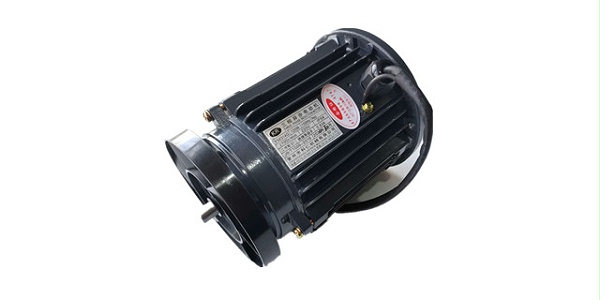

Three-phase asynchronous motorIt can be divided into two types: cage type and winding type. The cage type rotor is relatively simple in structure, reliable in operation, light in weight and cheap in price, and has been widely used in production operations. Below follow Senli Motor Xiaobian to understand about itThree-phase asynchronous motorThe characteristics of:
Three-phase asynchronous motors can be divided into inherent mechanical characteristics and considered mechanical characteristics:
Inherent mechanical properties:
1Ideal no-load point,The motor is idling without any load, and the speed is large at this time;
2Rated operating point,Normal operation of the motor under load;
3, start the working point,At the moment when the motor is just started, that is, it does not turn up, and the torque of the rotor is overcome when the rotor is dead weight;
4, critical operating point,Three-phase asynchronous motorWhen the load is dragged with large torque, the speed is relatively moderate.

Anthropomechanical characteristics:
1Voltage drop,Three-phase asynchronous motorDuring operation, if the voltage is reduced too much, it will greatly reduce its overload capacity and starting torque, and even the motor will have a stationary load or cannot start at all;
2The stator circuit access resistance, at this time the torque should be larger than the original, the rotor circuit string resistance or change the stator power supply frequency, at this time the starting torque should be increased, the torque is unchanged.
That's all aboutThree-phase asynchronous motorIf you are interested in learning about our products, you can leave an online message or call us directly:0575-8378-1127.